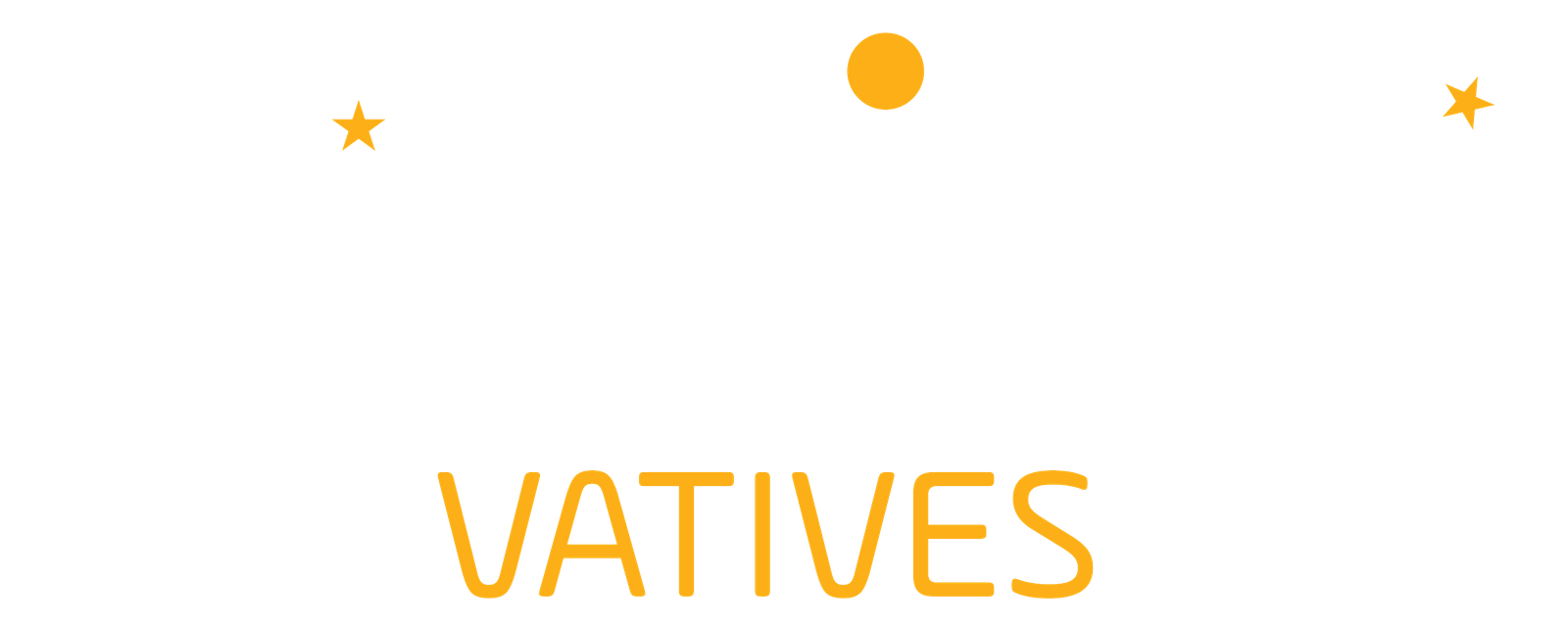While we go toward 2025, multiple key trends have begun to develop that will transform the software development environment, from the development of AI in web production to the growing importance of cybersecurity. These developments will improve consumer experiences and simplify development. Fresh innovations and approaches are transforming how websites and mobile apps are built and used, constantly evolving the web advancement landscape. top web trends that will dominate the year.
- Using AI in web design
- Artificial Intelligence (AI) is growing into an essential element of current web design techniques, not just a general idea. By 2025, designers will have access to more and more complicated AI-driven tools, such as
- Custom User Experiences: AI systems can analyze user activity to provide personalized suggestions and information for each consumer.
- Automation of Coding: based on artificial intelligence platforms can make it easier for programmers to write, analyze, and enhance code.
- Artificial intelligence and chatbots: Better AI chatbots will offer real-time advice, improving client engagement and experience.
Businesses may build more intelligently, more successful websites that meet their users’ demands by including AI in the design process.
2. Progressive Web Applications, or progressive internet applications:
In 2025, Progressive Web Applications, also known as PWAs, will continue to be one of the most important advances in web development. These apps combine the most important features of mobile apps and websites, offering:
- Offline Functionality: Users don’t need a web browser to access products.
- Quick Running Times: PWAs provide ideal user experiences by loading quickly, even on slow networking.
- Multi-Platform Integration: PWAs minimize the need for different applications by activating on any device.
- Using PWAs could change the way organizations improve their online visibility.
3. Upcoming technologies for the Internet:
Modern technologies like Web3, 5G, and the Internet of Things, also known as IoT, will all impact web design in the future. These future web technologies promise:
- Blockchain construction makes it possible for Web3 to support independent, transparent, and safe apps, or DApps that are
- Improved Communication: 5G makes it possible to view enhanced web content by enhancing speed and reducing congestion.
- IoT Integration is required: Websites can interface with IoT devices to offer users exciting and unique capabilities.
Maintaining informed of these changes is a necessity for companies wanting to stay successful.
:4. Voice Search Optimization:
With the growing popularity of voice assistants like Siri, Alexa, and Google Assistant, voice search optimization has transformed into a need. Web designers will have to do the above by 2025:
- Improve Natural Language Requests: Write content to fit user language instead of programming.
- Use Organized Data: Structured markup helps search engines analyze and rank important queries made using voice.
- Support Mobile-First Design: Since most voice searches occur on mobile devices, focus on creating responsive designs.
In order to accommodate voice-activated queries, this trend will force developers to reconsider conventional SEO techniques.
5. Web development and cybersecurity
With the increasing sophistication of cyber threats, cybersecurity in web development will be the biggest draw in 2025. Designers need to give importance to:
- Data secure communication: Avoiding unwanted access to personal data.
- Multi-Factor Authentication (MFA): improving user login security.
- Constant security reviews: rudely locating and addressing problems.
In addition to defending users, the image of an organization will be improved by creating strong cybersecurity methods.
6. Design Improvements in Web Development
The goal of emerging developments in web design is to increase user involvement by creating visually pleasing and functional interfaces. Among the major achievements are:
- High Contrast Designs and Dark Mode: Meeting mobility and user preferences.
- Little interactions: To increase interactivity, add subtle movements.
- 3D Graphics and Participation Experiences: Making use of cutting-edge visuals improves visual visual appeal.
The significance of design in promoting and maintaining users has been highlighted by these aesthetic trends.
7. New Development Practices for the World Wide Web:
Agile methods and techniques for DevOps are becoming more and more common among modern technological development tactics. By 2025, programmers will be more likely to use
- Technologies with low or no code: supporting quicker development and enabling people without technical expertise.
- Serverless technology architectures: enhancing mobility and cutting down on costs associated with overhead.
- AI-Powered Inspection: Making sure effective and error-free apps with very little input from humans.
These methods can reduce web projects’ time-to-market and enhance operations.
Conclusion: The web development trends of 2025 highlight the industry’s focus on user-centric experiences, advanced technologies, and security. By embracing innovations like AI inweb development, Progressive Web Apps (PWAs), and voice search optimization, businesses can stay ahead in the competitive digital landscape. Furthermore, prioritizing cybersecurity in web development and leveraging future web technologies will ensure sustainable growth and user trust. It will be important for designers and businesses together to remain informed and responsive as these trends continue to change. 2025 appears to be an interesting year for web development, whether it involves introducing new tools or improving established methods.
